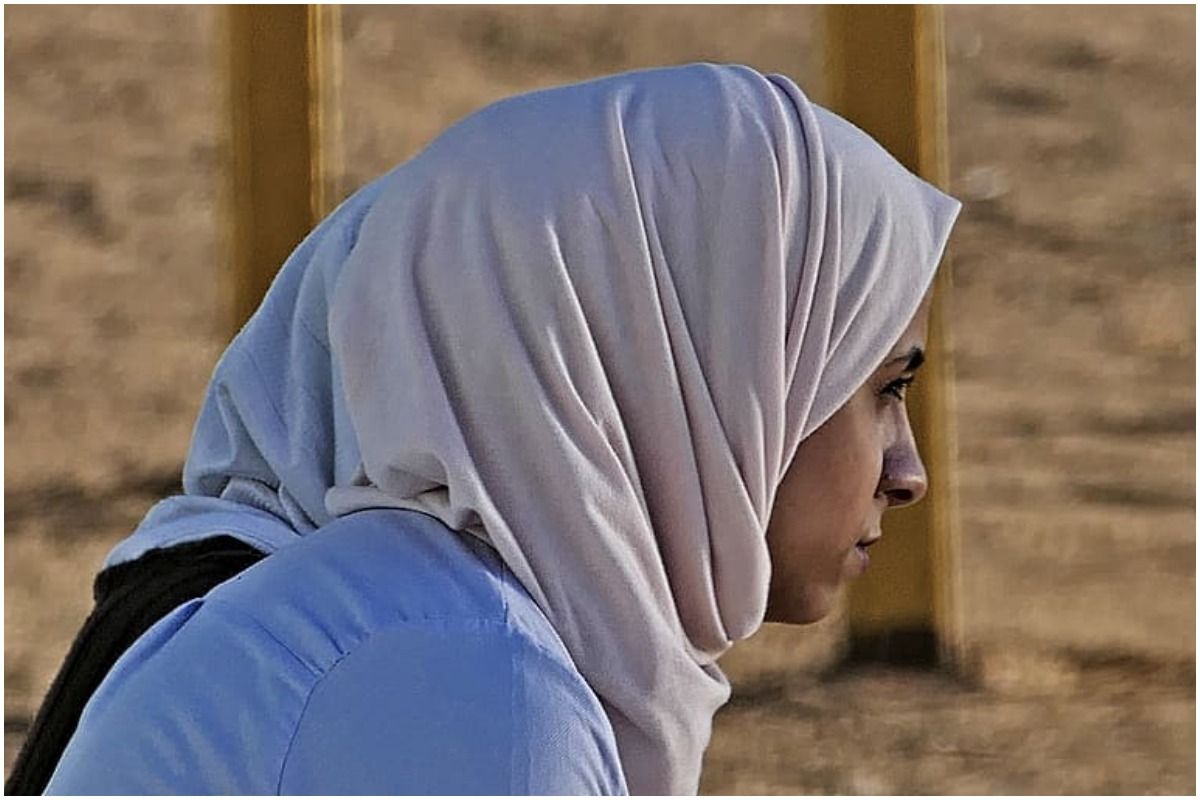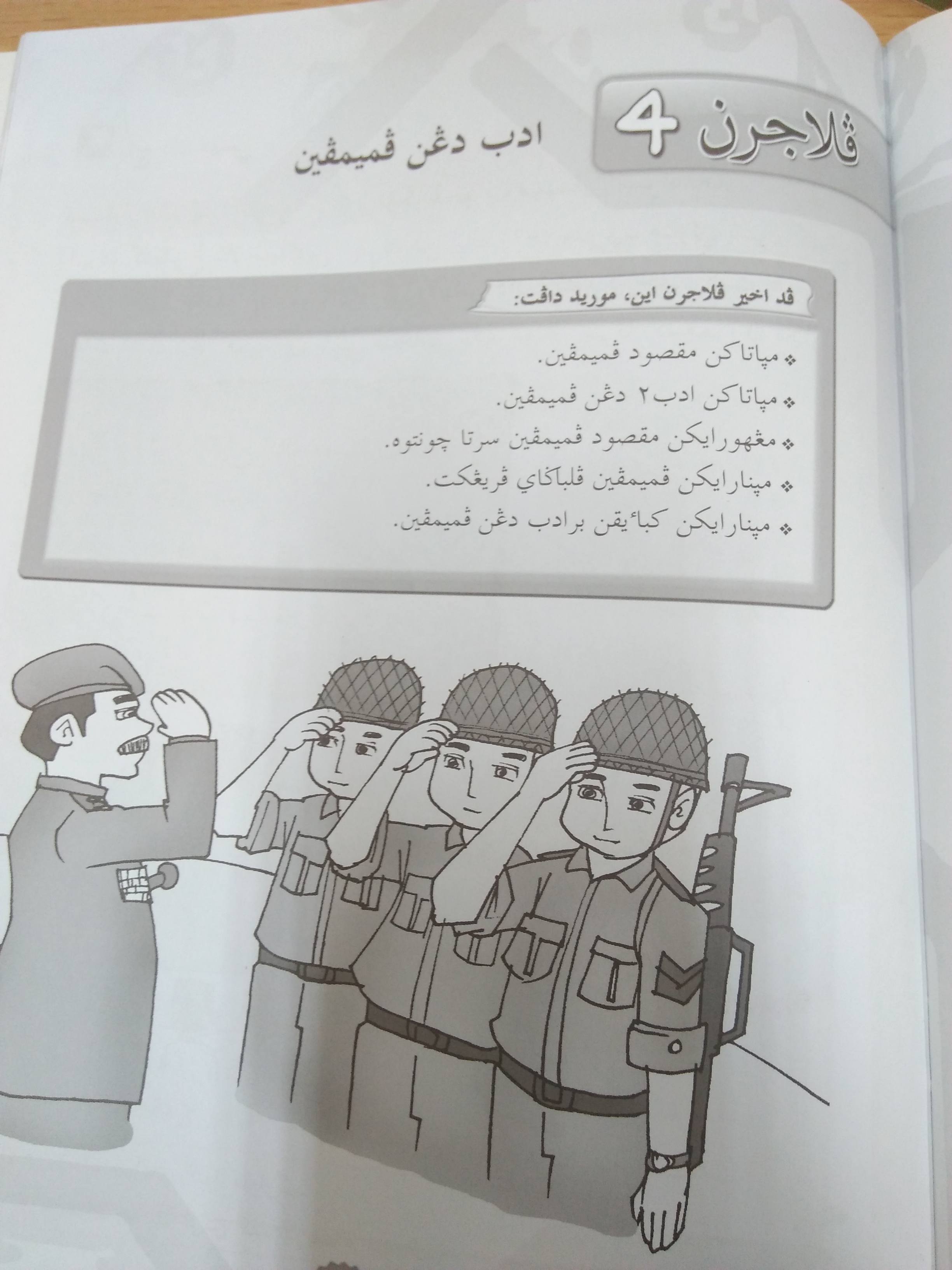Twitter hijab - Hijab Hills Twitter

Recent Posts
- Hp smart app
- Doa dapat zuriat
- Twinkle twinkle little star lyrics
- Trainee a profile
- Semakan bkp
- Khusnul khatimah maksud
- Maybank2u
- Group f euro 2021
- Iso technology sdn bhd
- Billie eilish support israel
- Queendom season 2 episode 1 eng sub dramacool
- Bunga api asap warna warni
- Malaysia vs singapore
- Azira shafinaz bercerai
- Money changer aeon bukit tinggi
- Xerneas pokemon go
- Regalia
- Pok ya cong codei memburu siti full movie
- Banana spider
Bokep Twitter Baru Terlengkap Tanpa Sensor
The designers gave that initial prototype to a variety of athletes, including weightlifter Amna Al Haddad and figure skater Zahra Lari, both from the United Arab Emirates, to put the garment to the test in their respective sports.
Updated Date: February 11, 2022 14:06:08 IST.
Retrieved 11 October 2012.
Hijab
In 1984, Tehran's public prosecutor announced that a stricter dress-code should be observed in public establishments, while clothing in other places should correspond to standards observed by the majority of the people.
Women viewed this way of dress as a way to both publicly announce their religious beliefs as well as a way to simultaneously reject western influences of dress and culture that were prevalent at the time.
Muslim women not only experience discrimination whilst in their job environment, they also experience discrimination in their attempts to get a job.
- Related articles
2022 blog.dabchy.com
































